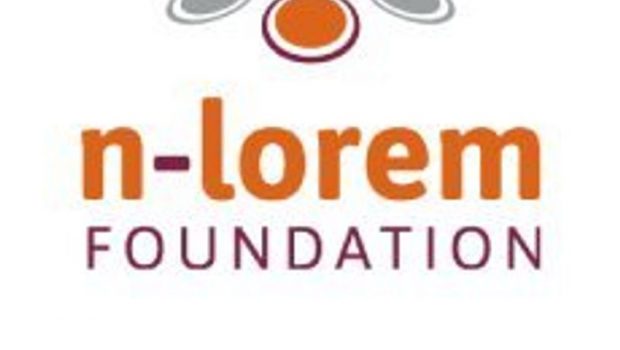Harnessing novel technology and a non-profit model to meet the needs patients with ultra-rare diseases
Patients with ultra-rare mutations present unique challenges to health care systems around the world because of the rarity of the mutations and the fact that these mutations can affect any organ. Fortunately, the plight of these patients has recently been recognized thanks to advances in genomics that have shown that, while each patient may be unique, there are millions of these individuals. Tragically, most of these patients progress and succumb to their disease without ever having an accurate diagnosis. For the fortunate few who are referred to a tertiary care institute specializing in personalized medicines, the journey is long and perilous. Though each patient is unique, they share severe symptoms, rapid progression of diseases, and terrible desperation and isolation.
It is time for all stakeholders to come together to develop solutions that help as many people as possible immediately, while developing longer term holistic healthcare solutions to meet the needs of these patients going forward. Though the problem is daunting, progress is being made in many academic medical institutions developing personalized medicine centers. A broad discussion about how to respond to the needs of these patients involving most of the stakeholders seems likely to yield important benefits. This includes a broader awareness of problem and hopefully a plan to develop solutions.
The first step in addressing the needs of a patient with an ultra-rare disease is to efficiently identify those who may have an ultra-rare mutation and refer those patients to appropriate personalized medicine centers. The rarity of the mutations and clinical syndromes makes this extremely challenging. But thanks to the efforts of a consortium of academic centers funded by the National Institutes of Health (NIH), the Undiagnosed Diseases Network (UDN) and other similar centers, many previously undiagnosed ultra-rare patients have been identified and genetically characterized.
This is a great start, but in the longer term, much more needs to be done. An important immediate step would be to use all available media platforms to enhance the awareness of these potential patients and their physicians of ultra-rare mutation and the opportunities that exist today for treatment. Encouraging practicing physicians to be alert to possible ultra-rare patients can be enabled by adding courses on ultra-rare mutations and patients to continuing medical education (CME) systems and by incorporating more emphasis on these patients into medical school curricula.
However, in the long term, we need to incorporate genomic sequencing into optional routine new-born screening to identify individuals that may have an ultra-rare mutation of concern. These individuals could then be routinely followed to see if symptoms emerge. Then as symptoms emerge, the patient would be referred to a personalized medicine center in which a more thorough genetic evaluation would be conducted. Not only would this result in better management of ultra-rare patients and an opportunity for treatment at an earlier, less desperate stage of diseases, but over time, adding genomic sequencing to new-born screening would reduce the cost of providing quality care to such patients. Further, it would present a great opportunity to better understand the prevalence and characteristics of ultra-rare mutations in humans.
Treatment is a more daunting challenge. For most ultra-rare patients, a medicine specific for each individual must be discovered and developed. At present, there is no path to commercial approval for a single ultra-rare patient or even a smaller patient group. If, somehow, a medicine were commercialized for a single patient, it would be extraordinarily costly.
Therefore, novel alternatives must be developed – such as a non-profit model in which the medicine would be provided free, for the life of the patient. Though in principle small molecules might be repurposed and several drug discovery technologies might be considered, currently the only drug discovery platform that is being used successfully and for which U.S. FDA regulatory guidance specific for ultra-rare patients has been issued is antisense oligonucleotide (ASO) technology.
To date, at least 14 ultra-rare patients with different diseases have been treated with experimental ASOs and many more to come in the next few years. ASO technology that supports discovery and provision of ASOs for free, for life will be important to consider as we simultaneously pave the way for new drug discovery technologies to be brought online. ASO technology is broadly applicable and validated as many thousands of patients with a wide range of diseases have been treated with these medicines. Discovery of an optimal ASO is very rapid and inexpensive compared to other approaches, making this platform cost effective and fast enough to respond to the desperate needs and rapid progression of these patients. The technology is also versatile enough to treat a wide range of patients. To date, about 30% of the identified ultra-rare patients are considered amenable to ASO treatment. Furthermore, systems that assure quality throughout the process and approaches to maximize what is learned from each patient and the aggregate experience have been established.
Longer term, new technologies must be advanced as they mature to the level that medicines derived from those technologies can be administered safely and provided for free for life to individual patients. For this to happen efficiently, the approaches taken today by combining a non-profit drug discovery model with ASO treatment must create a path and serve as a model for others to follow. Thus, success today can be leveraged to help millions of ultra-rare patients in the future.








Gloss